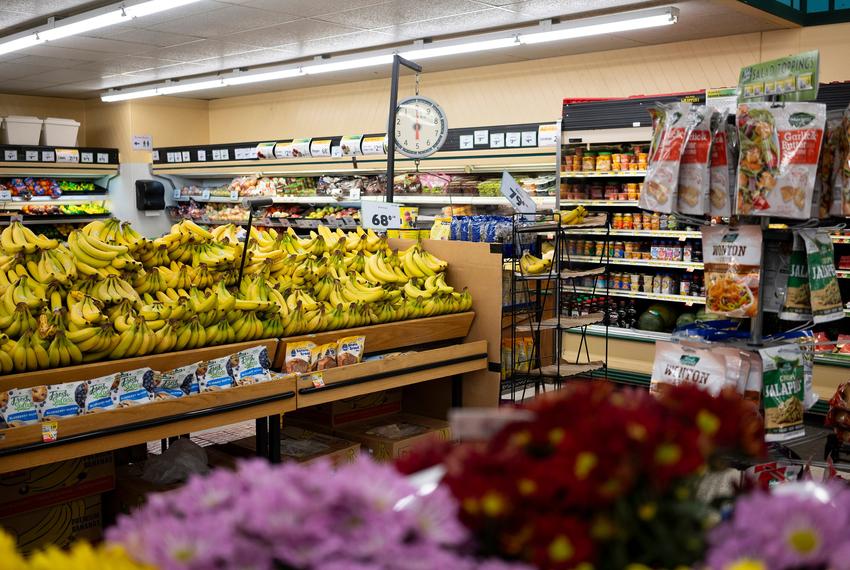Understanding SNAP: Recent Changes, State Waivers, and the Debate on Food Choice

Millions of Americans rely on the Supplemental Nutrition Assistance Program (SNAP), formerly known as food stamps, to help put food on the table. In recent months, significant changes and debates have emerged regarding what foods can be purchased with SNAP benefits. These developments reflect growing concerns about health, nutrition, and the fundamental purpose of SNAP.
What Is SNAP and Who Uses It?
SNAP is a federal program that provides nutrition assistance to low-income individuals and families in the United States. Each month, eligible participants receive funds to purchase groceries at authorized retailers. SNAP plays a critical role in fighting food insecurity for over 42 million Americans, helping children, seniors, and people with disabilities access essential nourishment.
Nebraska’s Historic SNAP Waiver
A recent milestone occurred when Nebraska became the first state to receive a federal waiver banning the purchase of soda and energy drinks with SNAP benefits. The move, announced by the USDA, aims to promote healthier food choices among SNAP recipients. According to ABC News, about 152,000 Nebraskans will be affected by these changes starting January 2026. Governor Jim Pillen highlighted that this policy targets improving public health by removing items with no nutritional value from the approved SNAP list.
Despite its intentions, the waiver sparked debate. Some advocates argue that restrictions add complexity, cost, and stigma for recipients already facing hardship. The Food Research & Action Center contends that incentive-based strategies work better than bans to boost nutrition and reduce hunger.
Texas and Other States Follow Suit
Nebraska is not alone in seeking SNAP restrictions. Other states, including Texas, Arkansas, Iowa, Indiana, and West Virginia, are considering or have requested similar waivers. Texas Governor Greg Abbott has submitted a waiver application to prohibit the purchase of “unhealthy, highly processed junk food” with SNAP benefits. Supporters believe these limits can improve community health, reduce obesity, and ensure taxpayer funds support nutritious diets. For more on Texas’ approach, visit The Texas Tribune’s coverage.
However, critics caution that increasing restrictions may unfairly limit individual choice, particularly for those living in food deserts where healthy options are scarce. There are concerns that stricter rules could complicate shopping and budgeting for SNAP users, affecting those who already struggle to access affordable groceries.
The Broader Debate: Should Soda and Candy Be Banned From SNAP?
The core question facing policymakers is whether restricting certain foods aligns with SNAP’s mission or undermines personal autonomy. Some argue that public funds should only support healthy food purchases, while others defend the right of SNAP participants to choose what to buy. The debate continues as states consider new policies and public opinion is sought. You can view a reader poll and join the conversation at CBS6 Albany.
Conclusion: The Future of SNAP
Regulations around SNAP are evolving as states test new restrictions and incentives to encourage healthier diets. This conversation will likely expand as the program serves millions of Americans every month. As changes take effect, it’s important for recipients and advocates to stay informed and participate in discussions about the best path forward for SNAP.
Understanding how programs like SNAP adapt is key to ensuring they meet the needs of communities nationwide. Whether through incentives, restrictions, or education, the debate over SNAP highlights how the nation seeks a healthier, more equitable future.